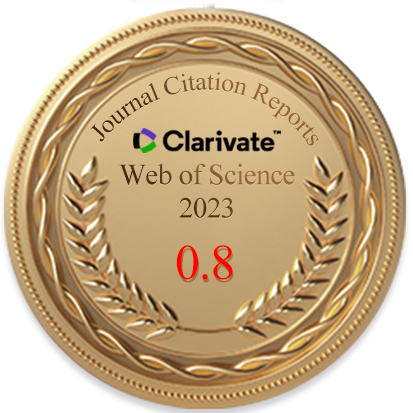Waste management and promotion of source separation by the public requires identification of the determinants of waste separation behavior, raising awareness, and reinforcing such behaviors. The present study aimed to determine the status of source separation behavior and identify the barriers, benefits, and factors affecting this behavior in Iran. This is a descriptive-analytic cross-sectional study conducted on 300 women selected through stratified sampling. The questionnaire applied included three sections. The validity and reliability of the self-made questionnaire were confirmed. In this study, descriptive statistics including the percentage, frequency, mean and standard deviation were used to describe the data, while chi-square and Fisher exact tests were applied to analyze the data. Logistic regression test was also used to determine the predictors of waste separation behavior. Only 17.7% of the respondents separated the wastes regularly. The age, level of education, benefits (OR = 6.746; 95% CI = 2.534–17.959), structural barriers (OR = 12.734; 95% CI = 3.516–46.119), motivation (OR = 9.613; 95% C I= 3.356–27.536), awareness (OR = 3.917; 95% CI = 3.351–11.356), and social norms (OR = 2.905; 95% CI = 1.030–8.191) were the determinants of source separation behavior. Considering the low participation rate in waste separation, efforts required to enhance such behavior need proper policy-making, training programs, and infrastructure to encourage the individuals to participate actively in waste separation. Educational interventions and campaigns are recommended to be designed to raise awareness and empower people.



 ,
,  ,
,  ,
, 

 ,
,  ,
,  ,
,  ,
, 















